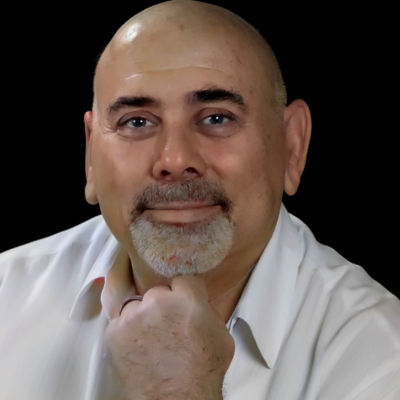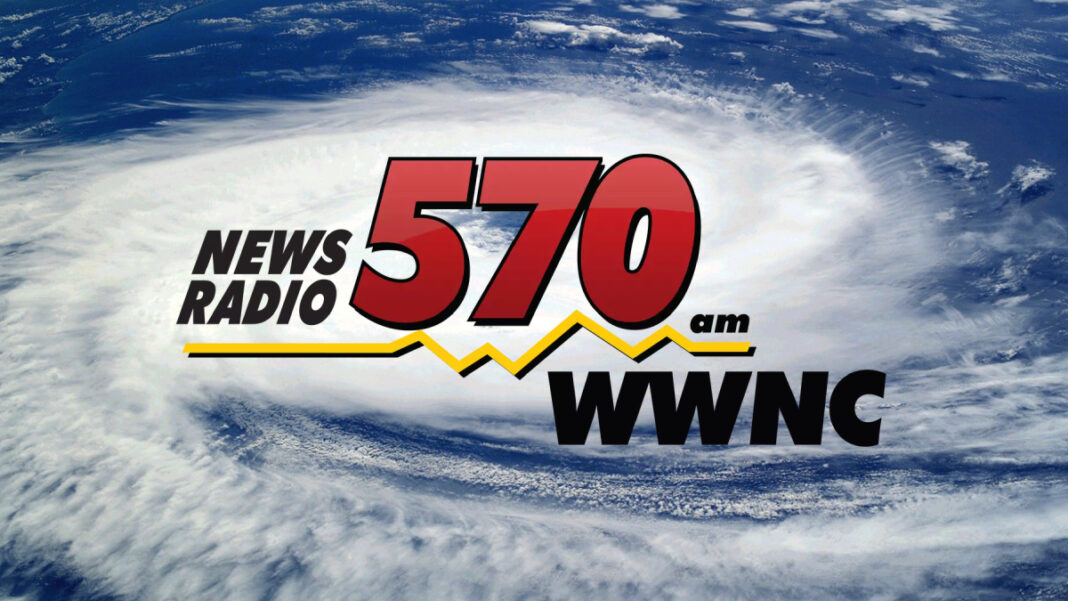Barrett Media produces over 20 stories per day on the music, news, and sports media industries. To make sure you’re updated on the latest happenings across the media business, sign up for our newsletters to get the news delivered straight to your inbox.
As a Market Manager, my marketing specialists come talk to me almost every day about the number of clients who say, “No one listens to radio anymore.” Of course, we go through the many answers from which to choose – which we have discussed in meetings and heard from the RAB. We all know that 85% of Americans still listen to radio every week! My favorite response, however, is, “If the data confirmed that no one listens to radio any longer, why did Comcast spend $70 million, Pfizer $60 million, Progressive Insurance, Indeed, and Home Depot all invest the many millions in radio advertising that earned them a spot in the top 10 last year? It will very likely look much the same for 2024.
We had a case locally when a garage door company made the same claim. They were quite specific telling us that, “No one under 30 listens to the radio anymore. It’s only for people 35 and over.” Our answer was much the same; however, since we already knew they were targeting homeowners, we asked, “How many 18-29-year-olds are buying homes today? Aren’t most home buyers over the age or 35?” The fact is that only 22% of home buyers are under 30, and even less of them have disposable income for a new garage door. By the way, the median age of US home buyers is 39, and the average age is 40. What truly troubles me the most is that those business owners who make these claims also end up making very poor decisions about their own businesses based on misinformation.
That said, we all must do a better job of preparing our reps with real data for their clients. Studies show that radio continues to be a significant part of young people’s consumption. 45% of time dedicated to audio by 18-34 year olds, goes to radio, but it’s important to note that it still outpaces the 35% to podcasts and even lower 18% to streaming audio or satellite radio. We concede that the percentage is lower than older demos, but it is far from negligible. Radio remains appealing across the board, especially considering its presence in cars, workplaces, and even homes via smart speakers.
Another ignored fact is that Millennials and Gen Zers make up about one-third of the total radio audience, and they often tune in for specific reasons like news, music discovery, and local events. We all agree that traditional AM/FM radio has seen some erosion due to increased competition from online radio streaming, podcast integration, and satellite radio options. Young people haven’t eliminated radio – they have simply diversified the way they listen.
Yes, streaming platforms offer personalized playlists, ad-free experiences, and on-demand access to virtually any song or podcast, but radio has qualities and advantages that continue to attract young listeners. While streaming services rely heavily on algorithms to suggest songs, radio stations provide an experience where young listeners can discover new artists or genres they might not otherwise experience.
Of course, radio’s live and local personalities will always be able to offer far more compelling content than any subscription or pure-play service can possibly match. Local radio listeners, whether young or older, can always depend on learning about all the local events and activities they may otherwise never discover.
Radio and podcasts have actually expanded the traditional concept of radio listening, attracting more young listeners. We no longer depend on actual radios in homes, or on bedside tables. Be sure your clients are aware that young people also use digital audio platforms like iHeartRadio, Audacy, TuneIn, and the thousands of station apps developed over the years. This enables users to listen to both live radio and pre-recorded shows, improving their radio experience within the digital world.
While the percentage of young people under 30 listening to the radio has decreased in comparison to older generations, we still maintain relevance for all age groups. With about 55% of under-30s tuning in weekly, radio offers local content, live experiences, music discovery, and ease of access which keeps it extremely competitive.
I strongly suggest we make sure we don’t let false information created by our competitors control the narrative. We have allowed those in a world that relies on technology to mislead and misdirect through nothing more than sleight of hand and untruths about the viability of radio. Stand tall and speak loudly in defense of what we know to be a leader in the world of audio.

Bob Lawrence serves as a Market Manager for Seven Mountains Media, overseeing the company’s Parkersburg, WV/Marietta, OH cluster. He has held virtually every position in the business over his 40+ year career, from being on-air in Philadelphia, San Diego, and San Francisco as well as programming legendary stations including KHTR St. Louis, KITS Hot Hits and KIOI (K101) San Francisco.
Bob also honed his research skills over ten years as Senior VP of Operations at Broadcast Architecture, eventually launching his own research company and serving as President/CEO of Pinnacle Media Worldwide for 15 years. Bob spent five years as VP of Programming for Saga Communications before joining New South Radio in Jackson, Mississippi as GM/Market Manager. Prior to joining Seven Mountains Media, Bob served as General Manager for the Radio Advertising Bureau, overseeing its “National Radio Talent System”.





